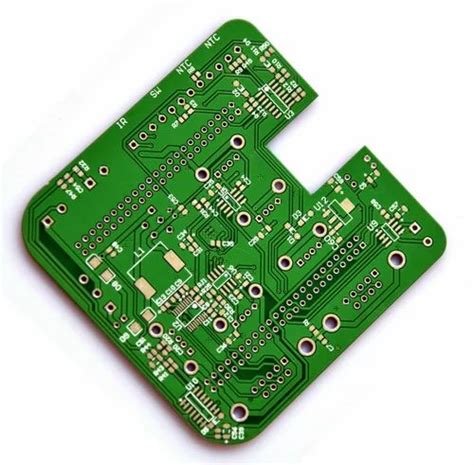
High Tg PCB Manufacturer With RF4 PCBs of Any Tg Available
Introduction to RF4 PCBs RF4 PCBs, also known as high-performance printed circuit boards, are designed to meet the demanding requirements of high-frequency and high-speed applications.[…]

High-Frequency PCB RF Microwave PCB Manufacturing at One-Stop
Introduction to RF PCB Radio Frequency (RF) Printed Circuit Boards (PCBs) are specially designed circuit boards that are used in high-frequency applications. These PCBs are[…]
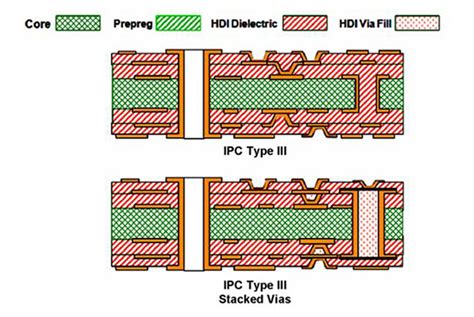
One-Stop HDI PCB Manufacturing of Stackups from 1+N+1 to 4+N+4
Understanding HDI PCB Stackups What is an HDI PCB? An HDI PCB is a printed circuit board that features higher wiring density per unit area[…]
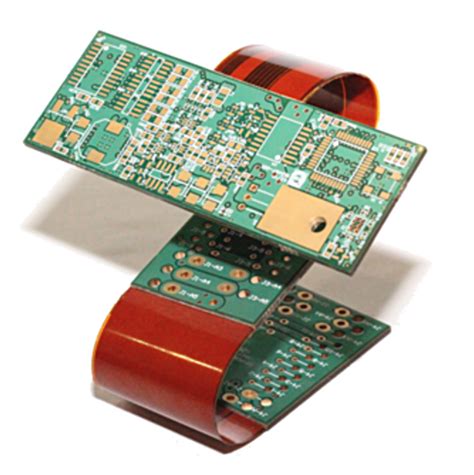
Flexible PCB Manufacturing and Assembly from 1 to 10 Layers
What is a Flex PCB? A Flex PCB is a type of printed circuit board that uses flexible materials, such as polyimide or polyester, as[…]
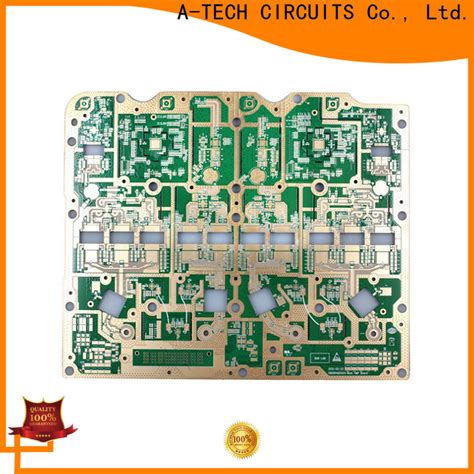
Carbon Ink PCB Manufacturing and Assembly at One-Stop
Introduction to Carbon-Ink PCB Technology Carbon-ink printed circuit boards (PCBs) represent a revolutionary advancement in the world of electronics manufacturing. This innovative technology utilizes conductive[…]
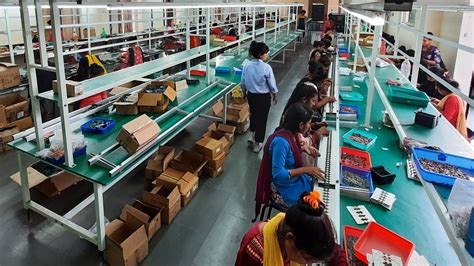
Aluminum PCB Flex and Rigid MCPCB Manufacturing At One-Stop
Introduction to MCPCB Manufacturing Metal Core Printed Circuit Board (MCPCB) manufacturing is a specialized process that involves creating printed circuit boards with a metal core,[…]
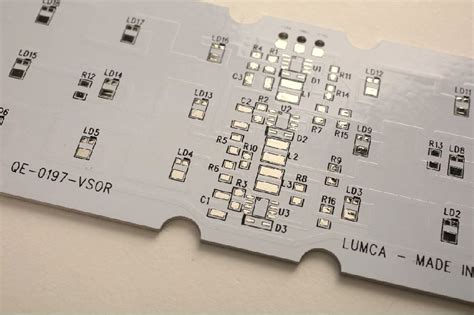
AlN and Alumina Substrate Ceramic PCB One-Stop Manufacturing
Introduction to AlN and Alumina Substrate Ceramic PCBs Aluminum Nitride (AlN) and Alumina (Al2O3) are two popular ceramic materials used in the manufacturing of high-performance[…]

PCB Assembly Inspections for One-Stop PCB Assembly
The Importance of PCB Assembly Inspections PCB assembly inspections play a vital role in maintaining the quality and reliability of the final product. By identifying[…]
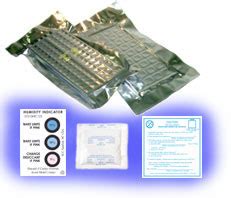
What is Popcorn Effect in PCBA Process
Introduction to Popcorn Effect in PCBA The Printed Circuit Board Assembly (PCBA) process involves several stages, from the design and fabrication of the PCB to[…]

What is PCB Order Pooling – Its Pros and Cons
What is PCB Order Pooling? PCB order pooling is a manufacturing method where multiple PCB Designs from different customers are combined onto a single large[…]